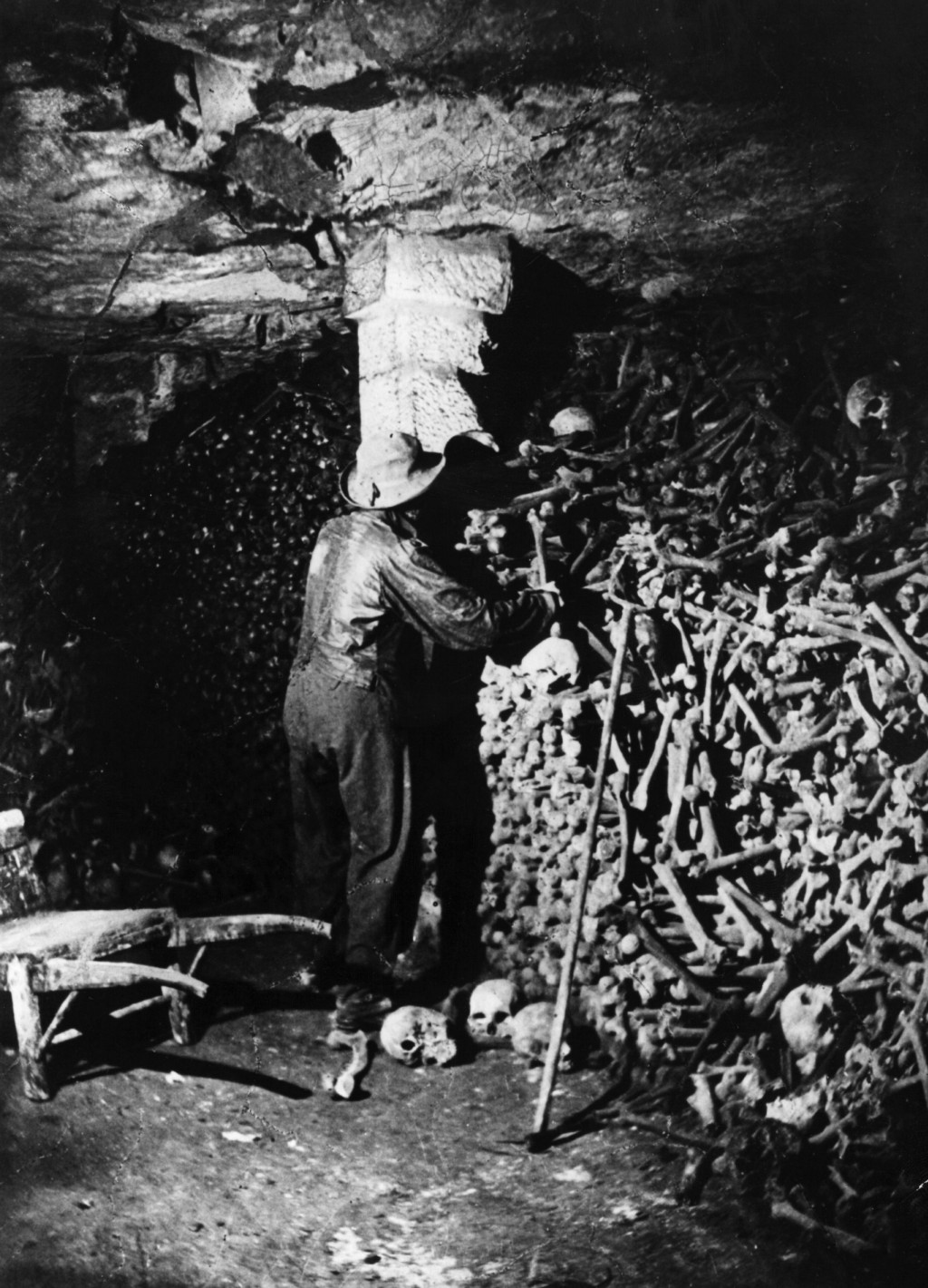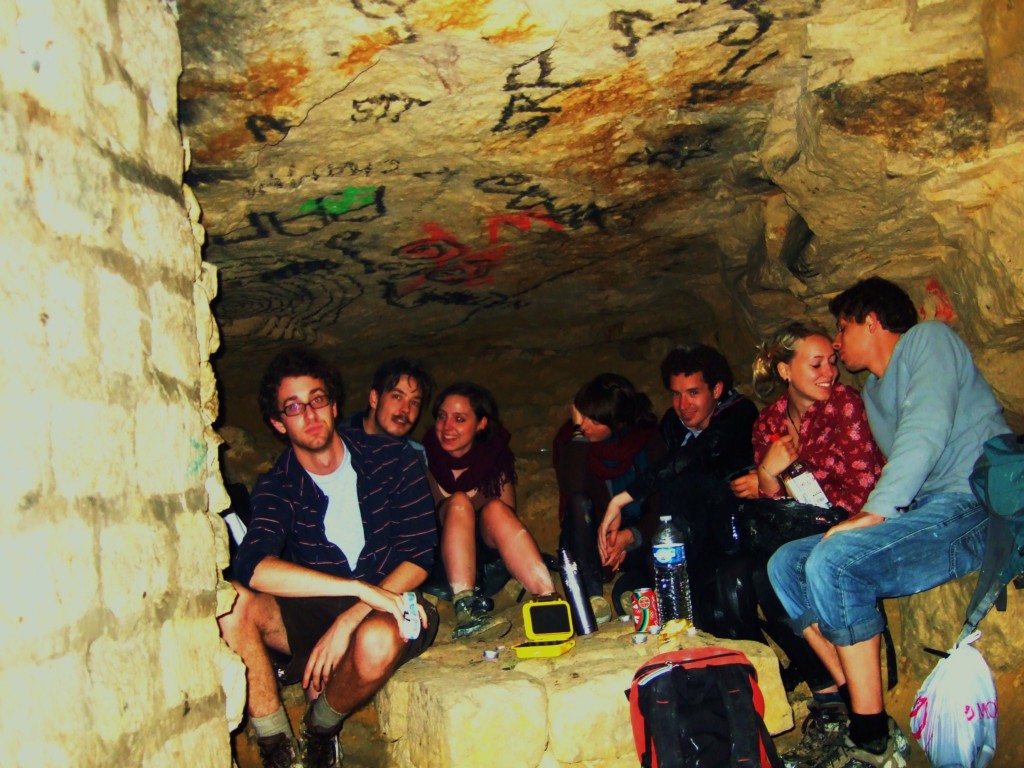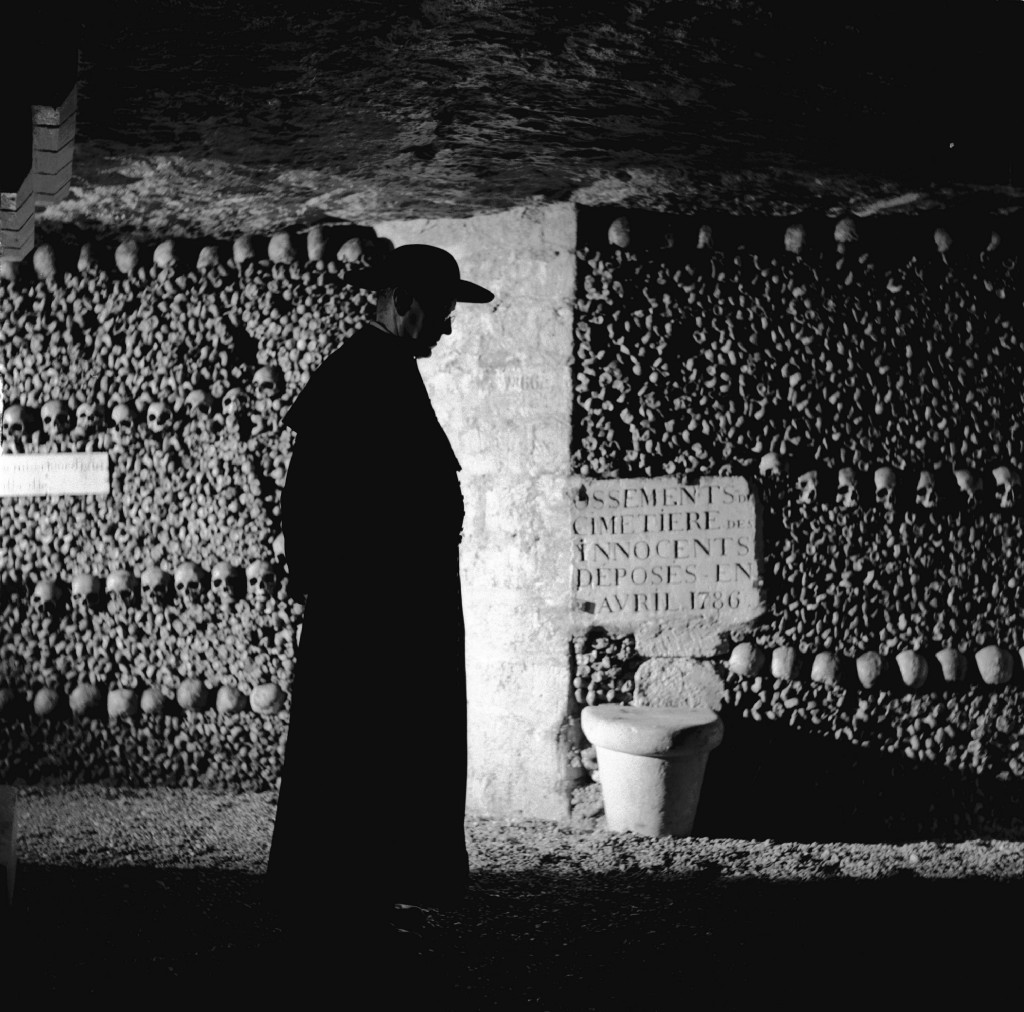The World’s Largest Grave Is Home To Paris’ Best Illegal Parties
by dose, 8 years ago |
5 min read
Bachelor parties and porn shoots in the company of 6 million bodies.
In the 1780s, Parisian officials started moving corpses from cemeteries to the catacombs beneath the city. What they didn’t know is that — hundreds of years later — that subterranean dump for rotting bodies would become a hipster haven. See — back in the 18th century — Paris had a corpse problem. Cemeteries were overcrowded. The smell rising from them was so foul that perfume sellers nearby couldn’t sell anything. In 1780, spring rains caused the wall around a cemetery to collapse, spilling the dead out into the city streets. In 1786, authorities began moving the bodies — some of them 1,200 years old — to the limestone quarries beneath Paris. The quarries were where the Romans got the stone they used to build the city (which they called Lutetia). They’re also where France got the limestone to build the Notre Dame. When the French Revolution exploded in 1789, the dead were dumped straight into the catacombs. They included the chemist Lavoisier, the revolutionary Jean-Paul Marat and Maximilien de Robespierre, one of the leaders of the post-revolutionary Reign of Terror. When the interments ended in 1860, the bones of 6 million people lay beneath the capital.


✕
Do not show me this again
